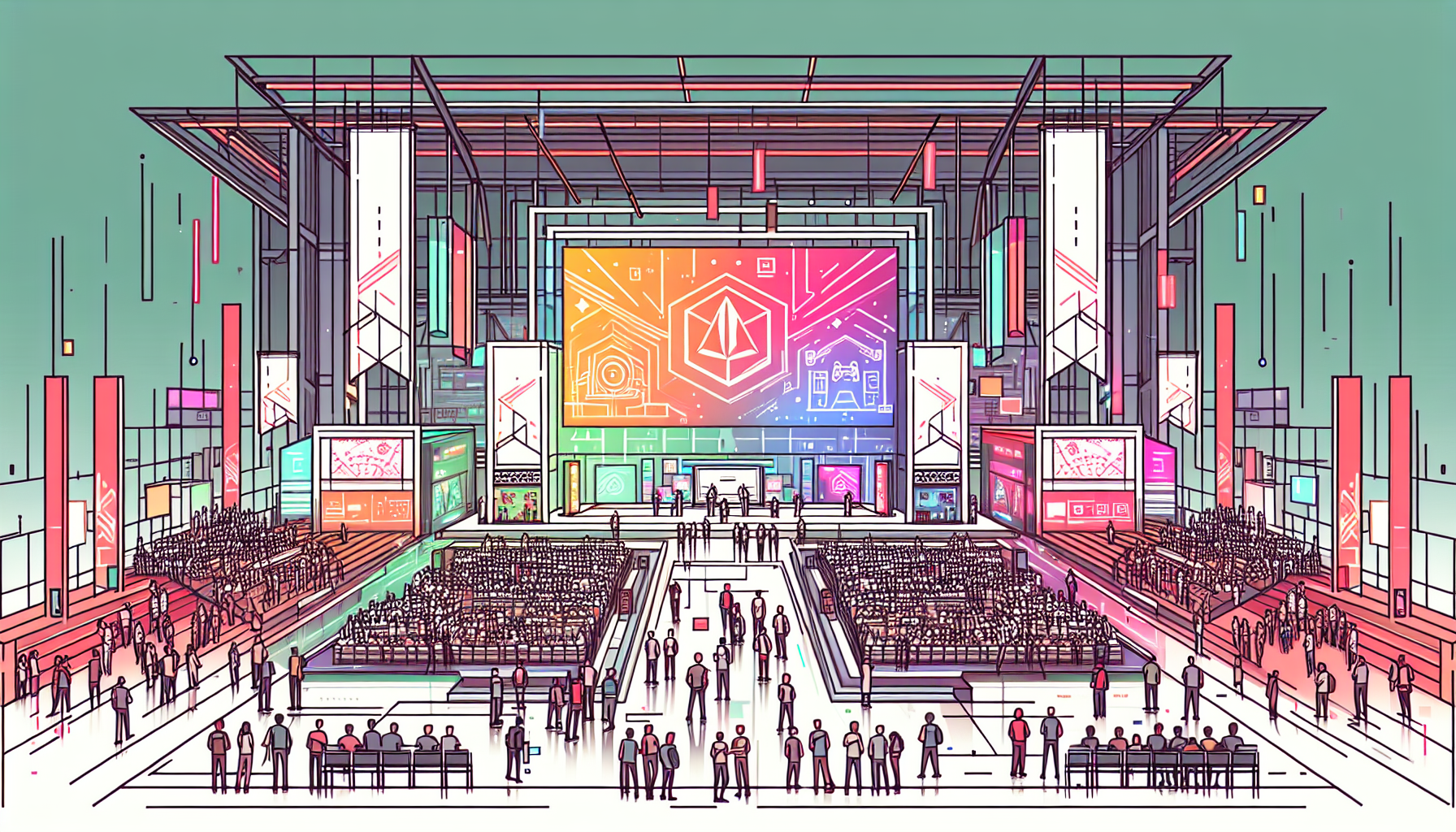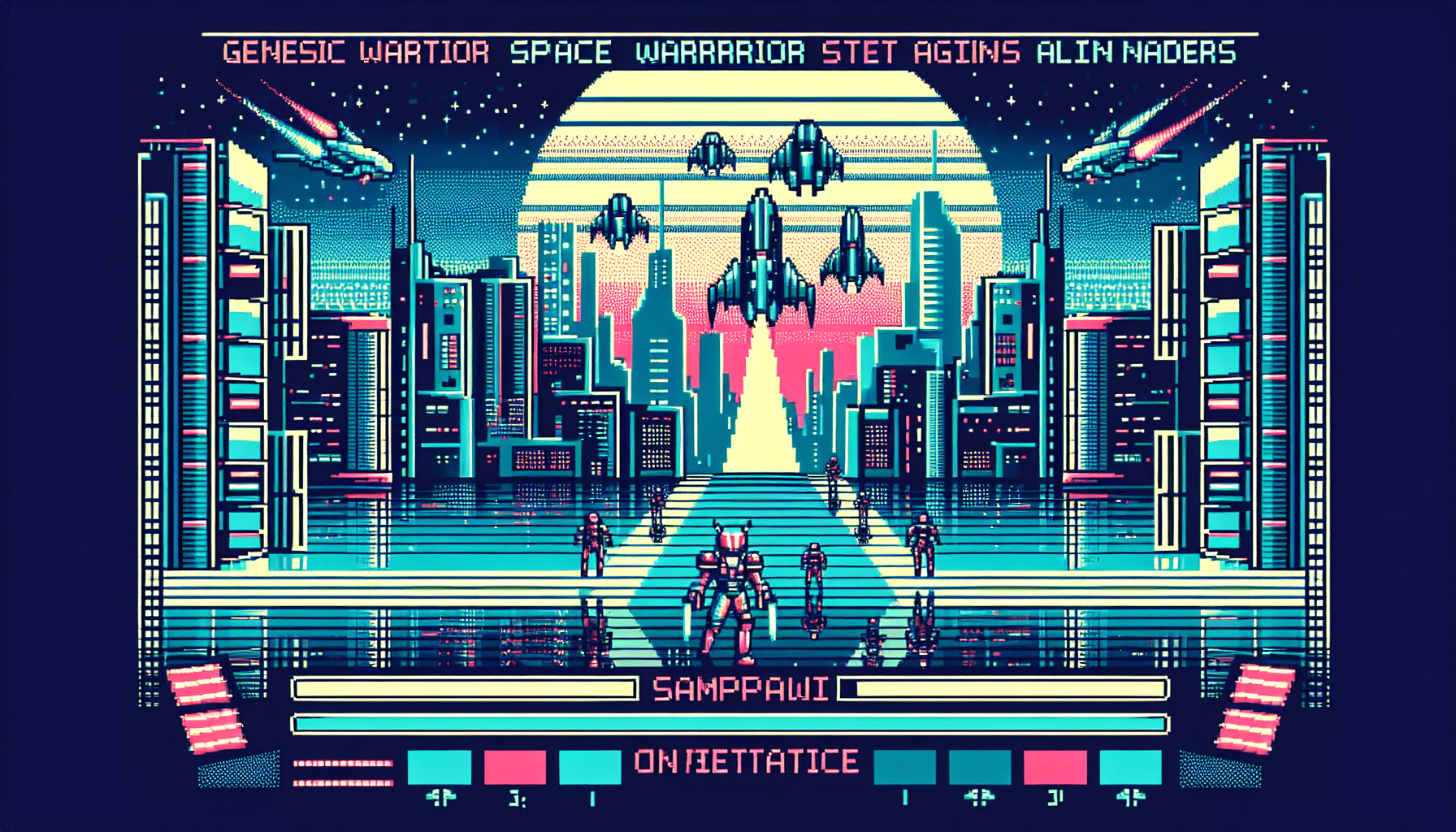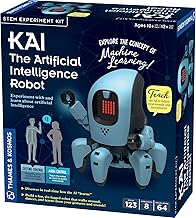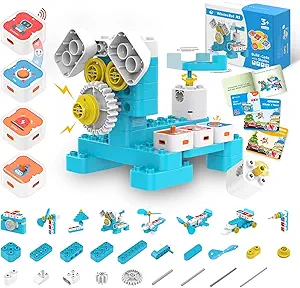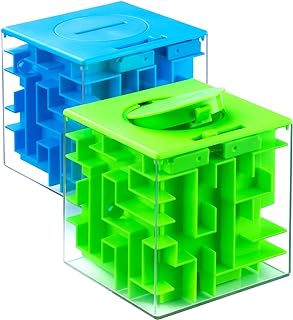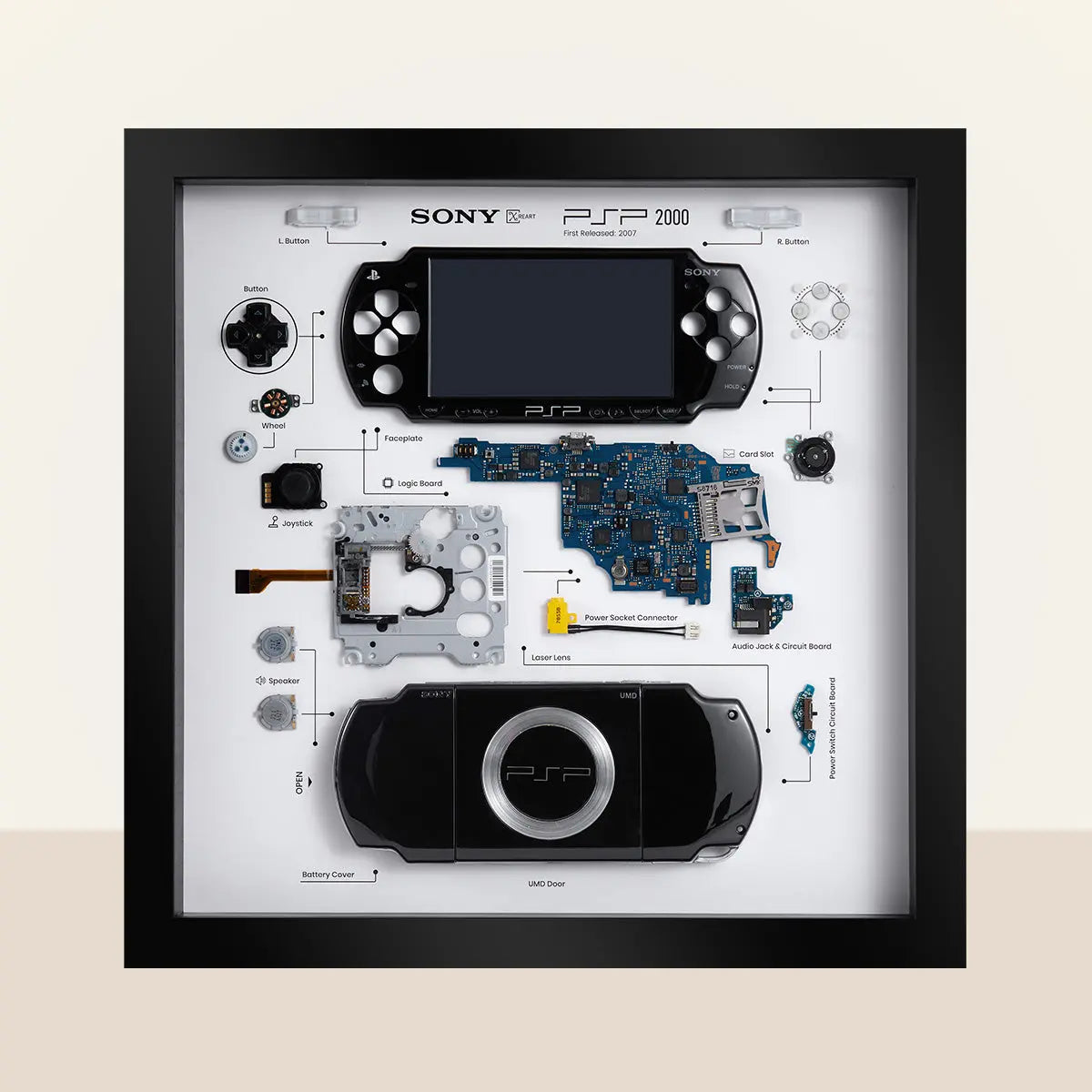Ever tried to make toast with an unplugged toaster? That’s what developing robotic software without hardware feels like. But, enter digital twins and you’ve got a whole bakery at your disposal. The concept of digital twins is transforming how we approach software development in robotics. This innovative technology turns a pipedream into a concrete plan even before the hardware is assembled, setting the stage for exciting advancements in the field.
Understanding Digital Twins
Digital twins are virtual replicas that mirror real-world entities, whether they be products, processes, or entire systems. This fascinating tech originated from NASA’s efforts during space exploration, where they devised methods to remotely diagnose and repair issues in spacecraft. Fast forward to our present day, and digital twins have become essential across numerous industries. In robotics, where software often develops faster than the hardware, this connection between the virtual and physical worlds allows engineers to experiment with designs without the typical physical limitations. Essentially, it’s like having a detailed rehearsal before the big performance, where each component can be meticulously tested and refined in a risk-free digital environment. For instance, companies like Siemens and GE leverage digital twins to optimize everything from airport logistics to advanced healthcare devices, showcasing the broad applications and incredible versatility of this technology.
Digital Twins in Robotics Development
The robotics space has embraced digital twins with open arms, acting like a long-lost sibling returning home. Why? These digital representations create a virtual playground for simulating every aspect of a robot’s function, all before the physical assembly takes place. One Reddit user involved in robotic workflows shared, “We built a workflow where we could simulate our entire robots in software.” This integration speeds up the design process while significantly cutting down on the costly mistakes that often arise during physical testing. Think about all those times a design flaw led to a financial setback – digital twins help mitigate these issues by facilitating extensive experimentation in a virtual space. Engineering teams are able to test various scenarios and iterate faster without the burden of physical constraints, allowing for greater collaboration and efficiency. The reliability of these simulations fosters tighter feedback loops, enabling developers to revise their designs in real-time. This focus on proactive problem-solving enhances overall functionality and effectiveness of robotic systems, demonstrating how digital twins can revolutionize traditional workflows.
Key Tools for Digital Twin Development
When you dive into the toolkit of a digital twin developer, you discover a treasure trove of essential tools that have quickly become industry standards. The Robot Operating System (ROS) sets a robust foundation for many robotic applications, while Docker is invaluable for simplifying the packaging and deployment of simulations, ensuring all dependencies are neatly contained. Open-source solutions like the Onshape URDF exporter bridge the gap between CAD designs and simulation environments, enabling smooth transitions from the concept stage to thorough testing. Visualization tools play a pivotal role in this process, and that’s where Rviz2 excels, offering a user-friendly interface that brings the complexities of robotics into a manageable format. For sensor simulations, IsaacSim stands out, performing the heavy lifting required for reliable testing scenarios. One robotics enthusiast remarked, “The ‘simulation’ portion is a combination of ‘mocks’ we’ve created over time to simulate different hardware components.” These mocks contribute to a comprehensive testing environment that mimics real operating conditions. The diverse array of tools available ensures developers can tailor their workflows to fit their specific needs, fostering an agile approach to robotics development and transforming how innovations are brought to life.
Impact of Digital Twins Through Case Studies
Examining case studies provides vivid examples of how digital twins are reshaping development timelines and improving overall efficiency in robotics. Insights from platforms like Reddit reveal an inventive method where fasteners were creatively repurposed from wood for new robotic applications, embodying innovation and sustainability in action. This practical application highlights how digital twins not only reduce expenses but also support creative problem-solving efforts. By allowing developers to visualize potential changes, errors in software can be caught and amended before physical components are even assembled. User-shared videos underline breakthrough designs made possible through digital twins, showcasing how this technology can elegantly sidestep barriers that typically block progress. The agility offered by digital twins empowers teams to swiftly adapt to changing requirements. Consequently, they can iterate on designs that better serve end-users, further solidifying the meaningful impact of digital twins across varied use cases.
Navigating Challenges and Identifying Opportunities
Incorporating digital twins can significantly reduce development times, akin to an exhilarating climax in an action movie. Software prototypes undergo thorough testing in a virtual arena, minimizing errors and keeping costs manageable. However, the journey is not without its challenges. Ensuring accurate calibration of these digital doppelgängers while avoiding an overreliance on advanced simulations is critical. Robotics teams must guarantee their virtual twins align closely with real-world conditions. Otherwise, they risk getting lost in a sea of erroneous data, leading to expensive mistakes once hardware integration begins. This balancing act between the virtual and physical realms is crucial for maximizing the benefits of this technology. Striving for equilibrium guarantees that digital twins act as powerful allies in the development process rather than pitfalls, amplifying the overall workflow. The future of robotics depends on recognizing the strengths and limitations of digital twins, as we look to harness their unique advantages while addressing current challenges.
The Road Ahead for Digital Twins
The beauty of digital twins lies in their extraordinary potential to shape the future of technology. As the field of robotics continues its astonishing evolution, having a reliable ‘twin’ to guide the journey can help transform initial concepts into sophisticated, operational units without the typical hurdles of development. The ability to decrease costs while improving design accuracy positions digital twins as crucial players in tomorrow’s engineering breakthroughs. They serve not just as tools but as vital partners in the pursuit of remarkable advancements in robotics. As we progress forward, the influence of digital twins will only continue to expand, creating pathways for smarter, more agile solutions in the ever-changing landscape of technology. Excitingly, the integration of artificial intelligence with digital twins opens up an array of possibilities, making now an exhilarating time for developers eager to push boundaries and redefine innovation.
For further insights and discussions on this technology, check out this Reddit thread and engage with exciting projects related to digital twins.



